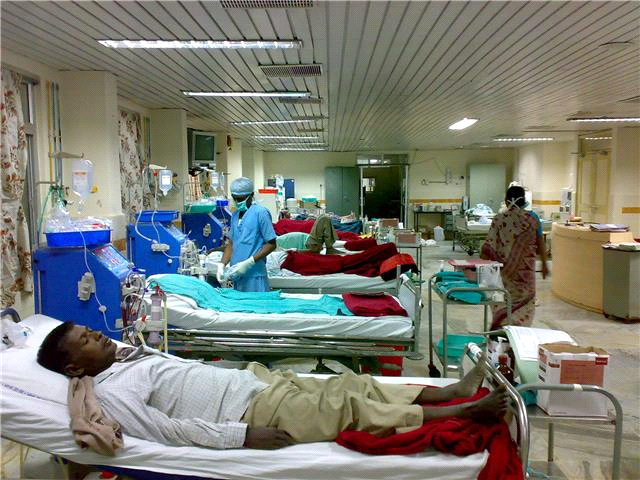FAQ's / Why do we need a deceased
donor?
|
Chronic diseases are
replacing the infectious
diseases as the major cause
of morbidity and mortality
worldwide. Incidence and
prevalence rates of
end-stage chronic organ
failure, be its congestive
heart failure (CHF), chronic
lung disease (CLD) , chronic
liver disease or chronic
kidney disease (CKD) are
rising due to population,
epidemiological and health
transitions.. The prevalence
of CKD in Indian population
varies from 0.785% to 1.39%.
The prevalence of heart
failure in India due to
coronary heart disease,
hypertension, obesity,
diabetes and rheumatic heart
disease ranges from 1.3 to
4.6 million, with an annual
incidence of 491 600-1.8
million. The burden of
chronic respiratory diseases
in India is on the rise. The
estimated population with
chronic viral hepatitis in
India is 400-500 million,
and is projected to be the
third leading cause of
deaths worldwide by 2020. The Quality of life for patients with chronic organ failure is even poorer than that for many common cancers. There is a gradual decrease in health status and daily functioning in patients with end stage organ failure and timing of death remains uncertain. The cost burden on patients also increases with duration of the disease. Organ transplantation is the only cure to such patients. Though transplantation has been in practice in India for more than 3 decades, it has been grossly inadequate in terms of actual numbers, due to a shortage of resources and organs. There are thousands of patients waiting for organ transplantation. Organ replacement remains only a dream for the vast majority of these patients. The bottleneck is the availability of organs. The living related donor programme suffers major setbacks. For example, only about three quarters of the patients obtain potential related donors and not all are willing to donate. This has led to organ trading and organ trafficking. The problem of organ shortage and organ trafficking can be solved by promoting cadaveric organ transplantation. Unlike most countries where cadaveric transplantation programme is very successful, in India less than 2% of transplantations are based on brain-dead -heart-beating cadaver donors. The obvious conclusion is that unless we have a viable cadaver transplant programme, we will stay routed to where we are now.
|

